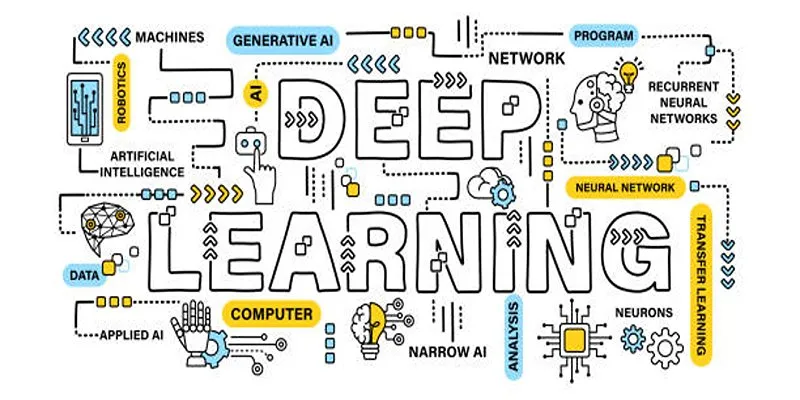Artificial intelligence (AI) has become a cornerstone of modern technology, integrated into the tools, apps, and services we use daily. However, developing truly innovative AI solutions can seem daunting due to challenges like limited infrastructure, high upfront costs, and scaling issues.
Overcoming Challenges with Cloud Computing
Cloud computing provides a practical solution to these challenges. By offering on-demand access to computing power, storage, and tools, the cloud enables teams to build, test, and deploy AI solutions swiftly. This flexibility allows innovation without the constraints of traditional infrastructure.
Why the Cloud Changes the AI Game
Building and training AI models require substantial computing power, especially for deep learning and massive datasets. Traditionally, companies invested heavily in specialized servers, which were costly and quickly outdated. The cloud shifts this paradigm, allowing you to rent the necessary computing power as needed. This adaptability means you can scale resources up or down based on demand, making AI development more efficient.
Cloud platforms also enable global deployment of AI models, enhancing responsiveness by minimizing latency. This global reach is particularly advantageous for smaller teams and startups, allowing them to leverage the same high-performance tools as large enterprises.
Accelerating Experimentation and Development
AI innovation thrives in environments where teams can quickly test ideas. Traditional setups required lengthy server and environment configurations, hindering rapid iteration. The cloud transforms this process, enabling instant creation of testing environments, experimentation with model architectures, and parallel tests without disrupting ongoing work.

Cloud providers offer a variety of ready-to-use AI services, such as pre-trained natural language processing tools and image recognition APIs. These tools accelerate development by allowing teams to focus on solving specific business problems rather than building everything from scratch.
Managing Costs and Scaling AI Projects
Large AI projects often involve significant costs, as training models with billions of parameters demands extensive computing power. The cloud helps manage these expenses by providing detailed usage reports, spending limits, and automated shutdowns of unused resources. This control ensures you only pay for what you use, making it ideal for experimental and seasonal projects.
The cloud’s scalability is crucial for handling unpredictable demand. Whether a chatbot suddenly needs to manage more conversations or a new market opportunity arises, the cloud allows you to scale resources instantly, supporting sustainable growth.
Enhancing Collaboration and Access to Tools
AI projects typically involve diverse teams, including engineers, data scientists, and product managers. The cloud facilitates collaboration by providing a shared workspace where everyone can access the latest data, models, and code. Real-time collaboration, version control, and system monitoring tools ensure alignment and progress tracking.

Additionally, the cloud grants access to advanced hardware and software tools, such as GPU- and TPU-based machines optimized for deep learning. These resources, updated regularly, enable teams to leverage the latest innovations without the burden of maintenance.
Conclusion
Artificial intelligence is rapidly advancing, and the cloud is pivotal in bringing AI ideas to fruition. By offering scalable computing power, collaborative environments, and ready-made services, the cloud accelerates AI development and makes ambitious projects feasible. For teams aiming to move beyond prototypes and achieve significant impact, combining AI with cloud technology is a strategic approach to unlocking potential and delivering real-world results.
 zfn9
zfn9






















